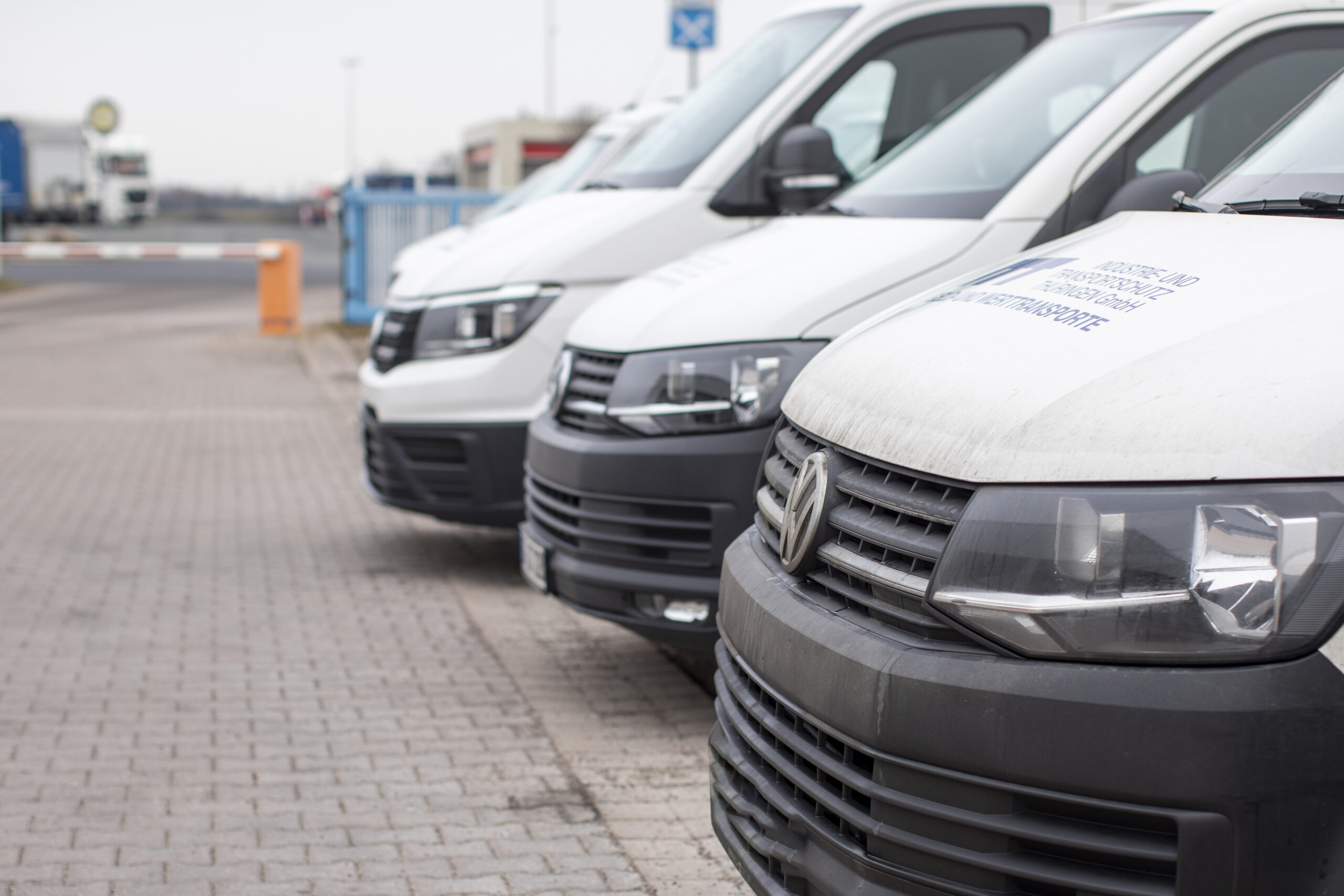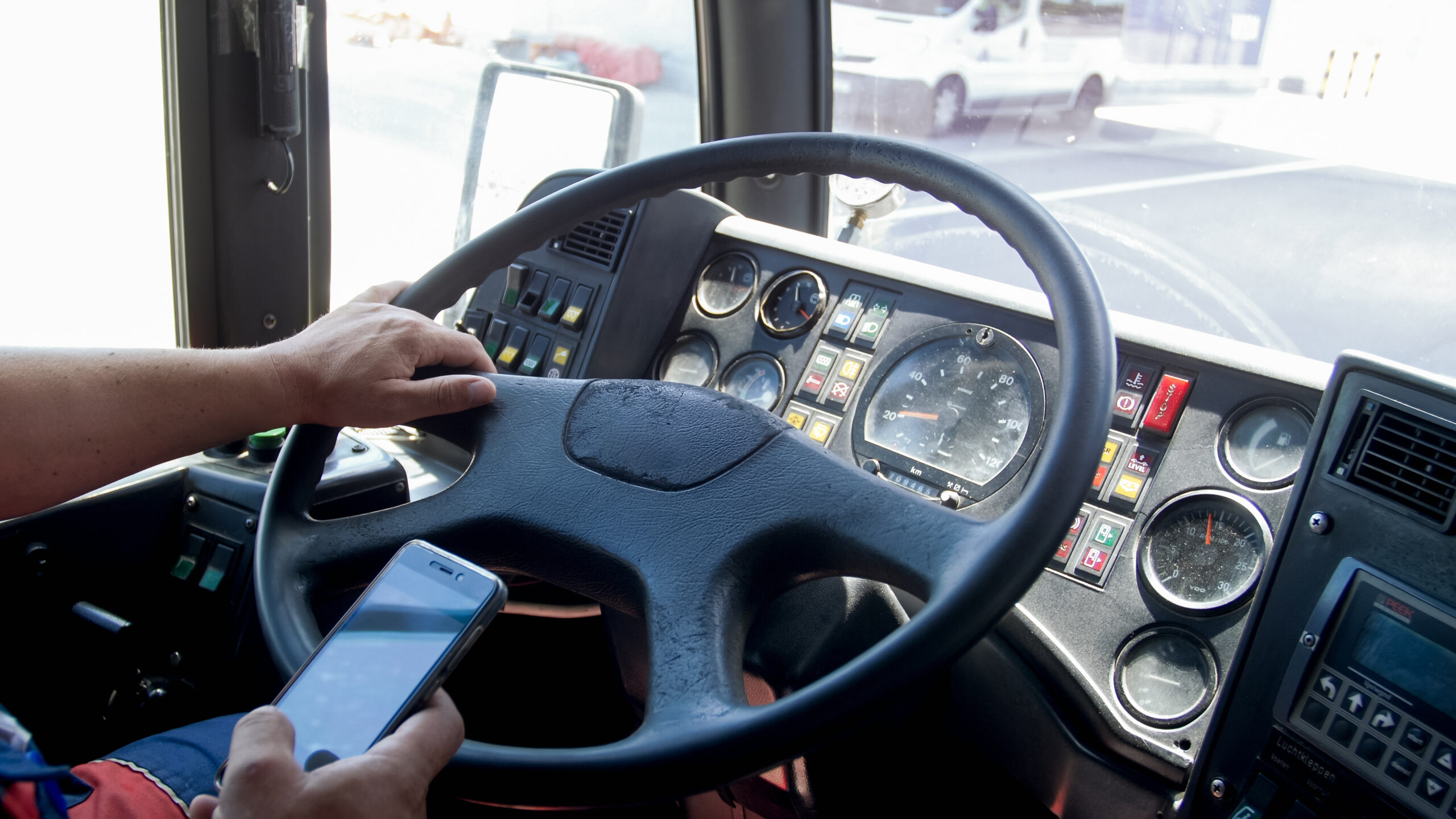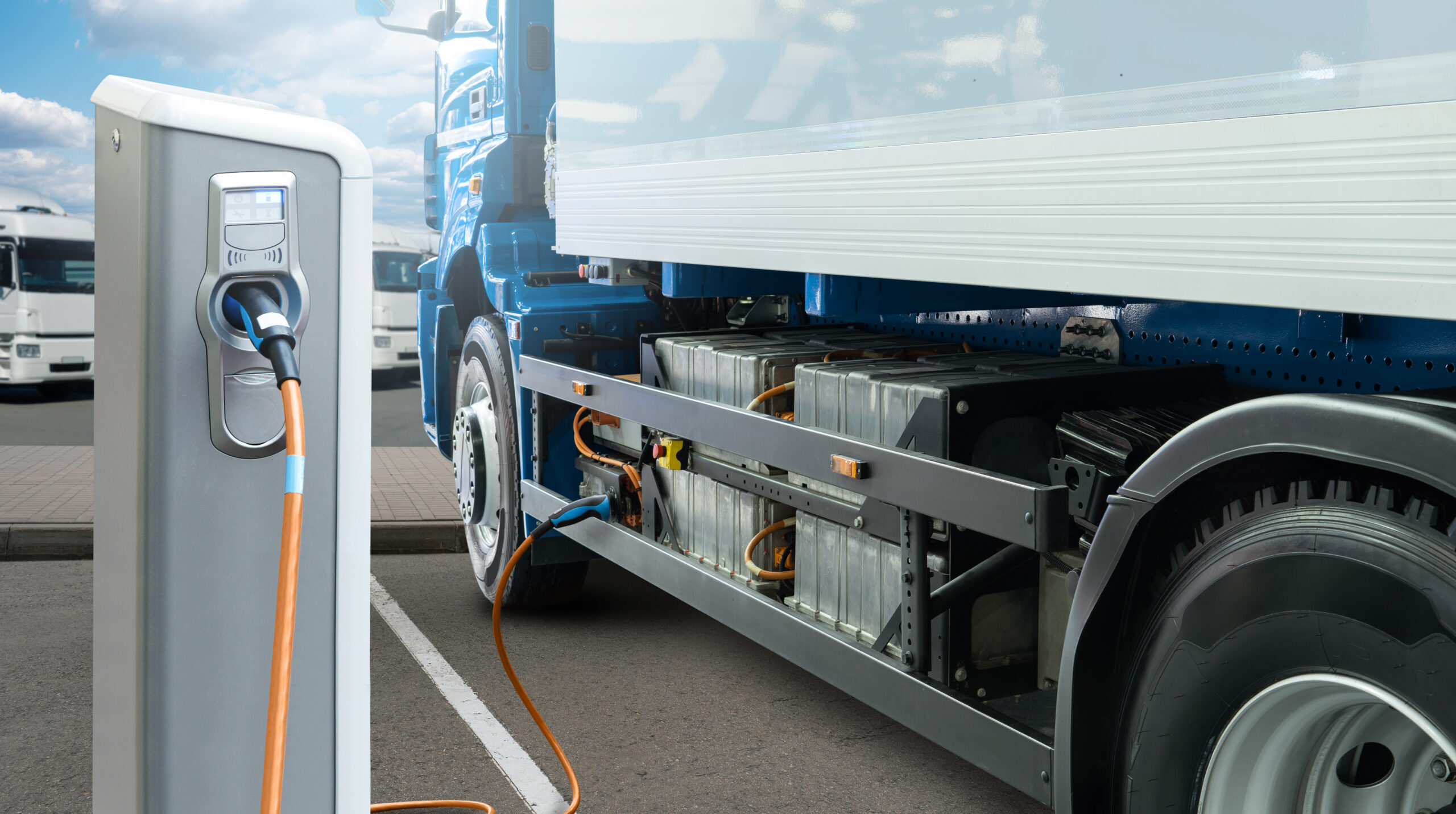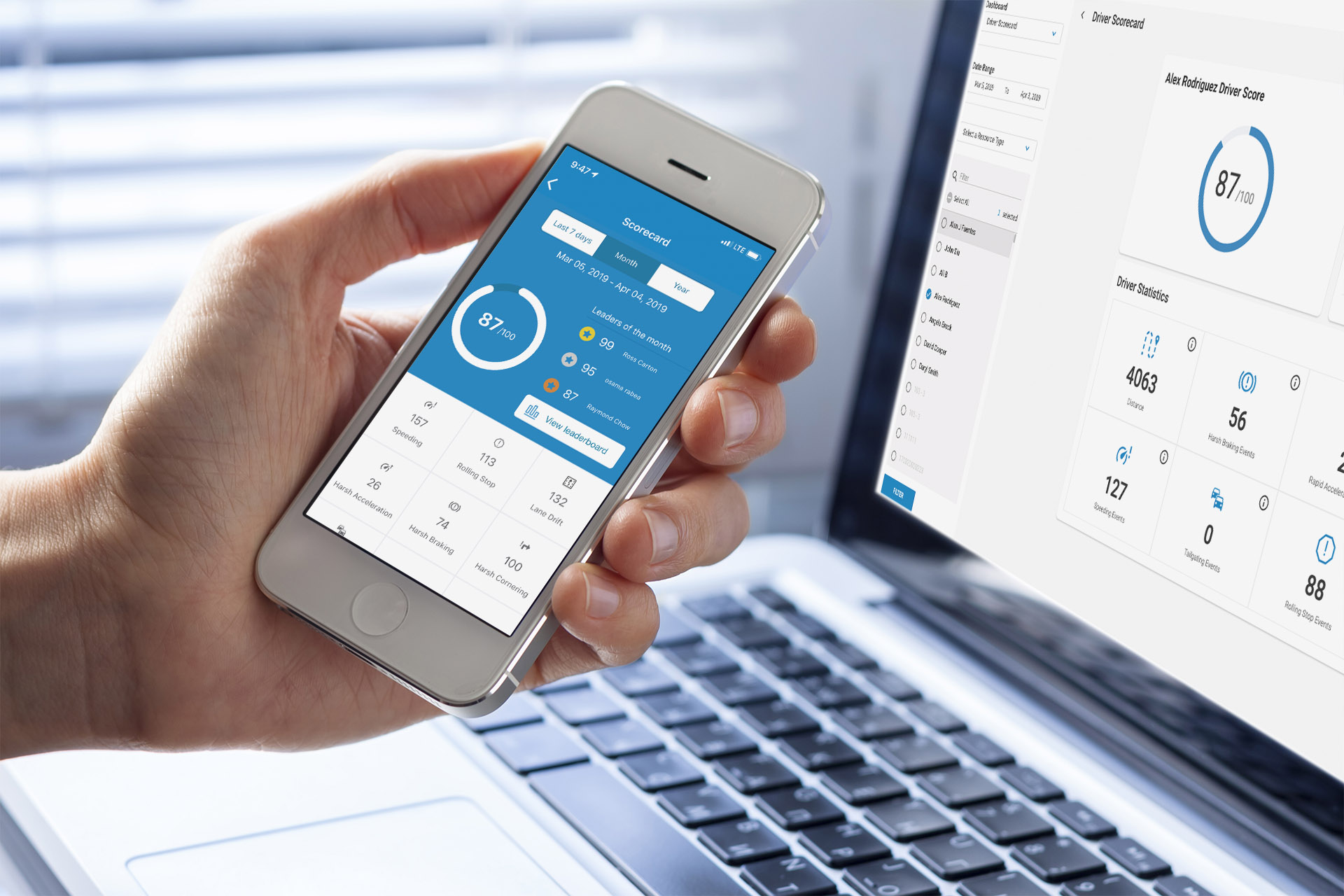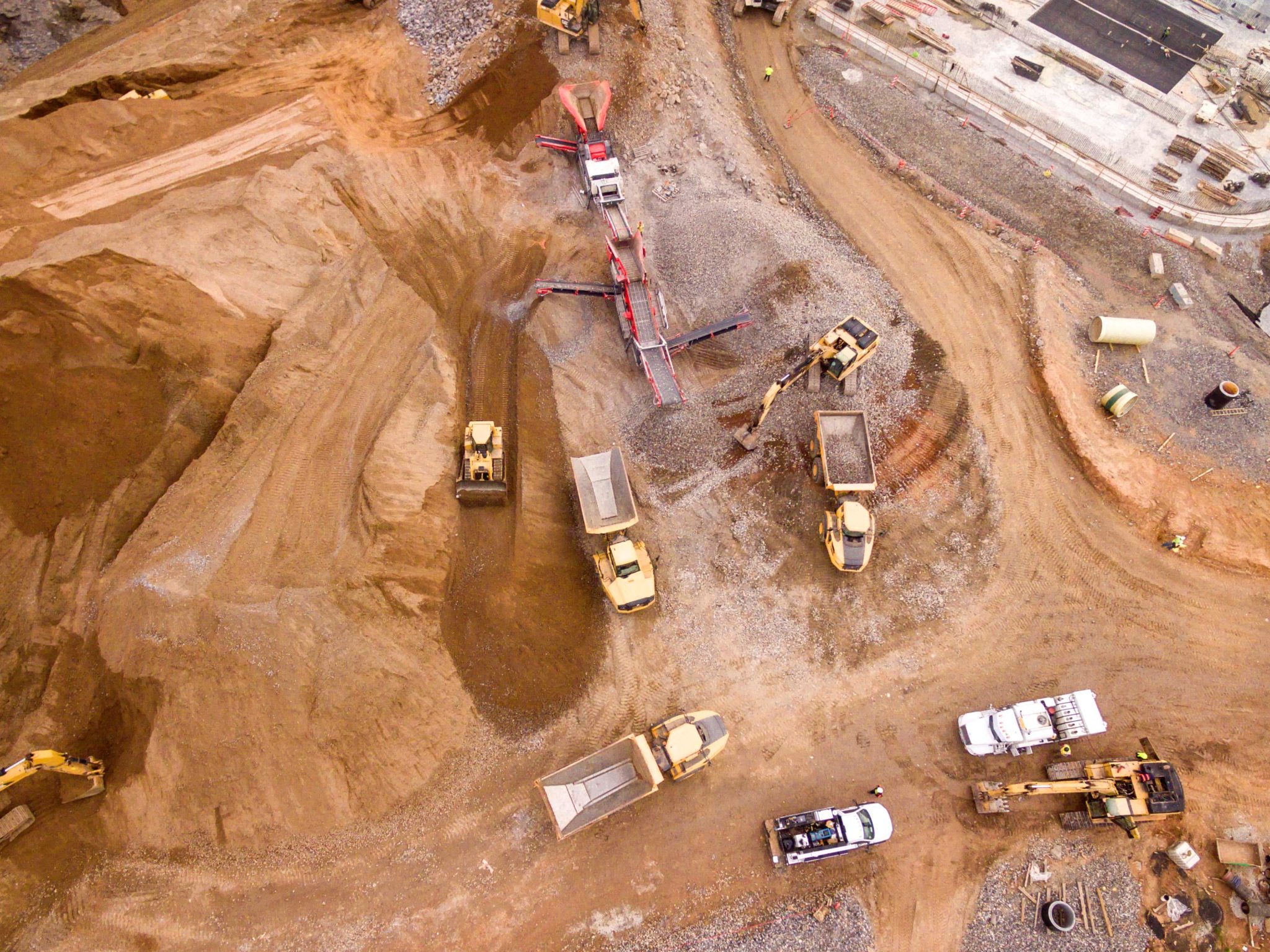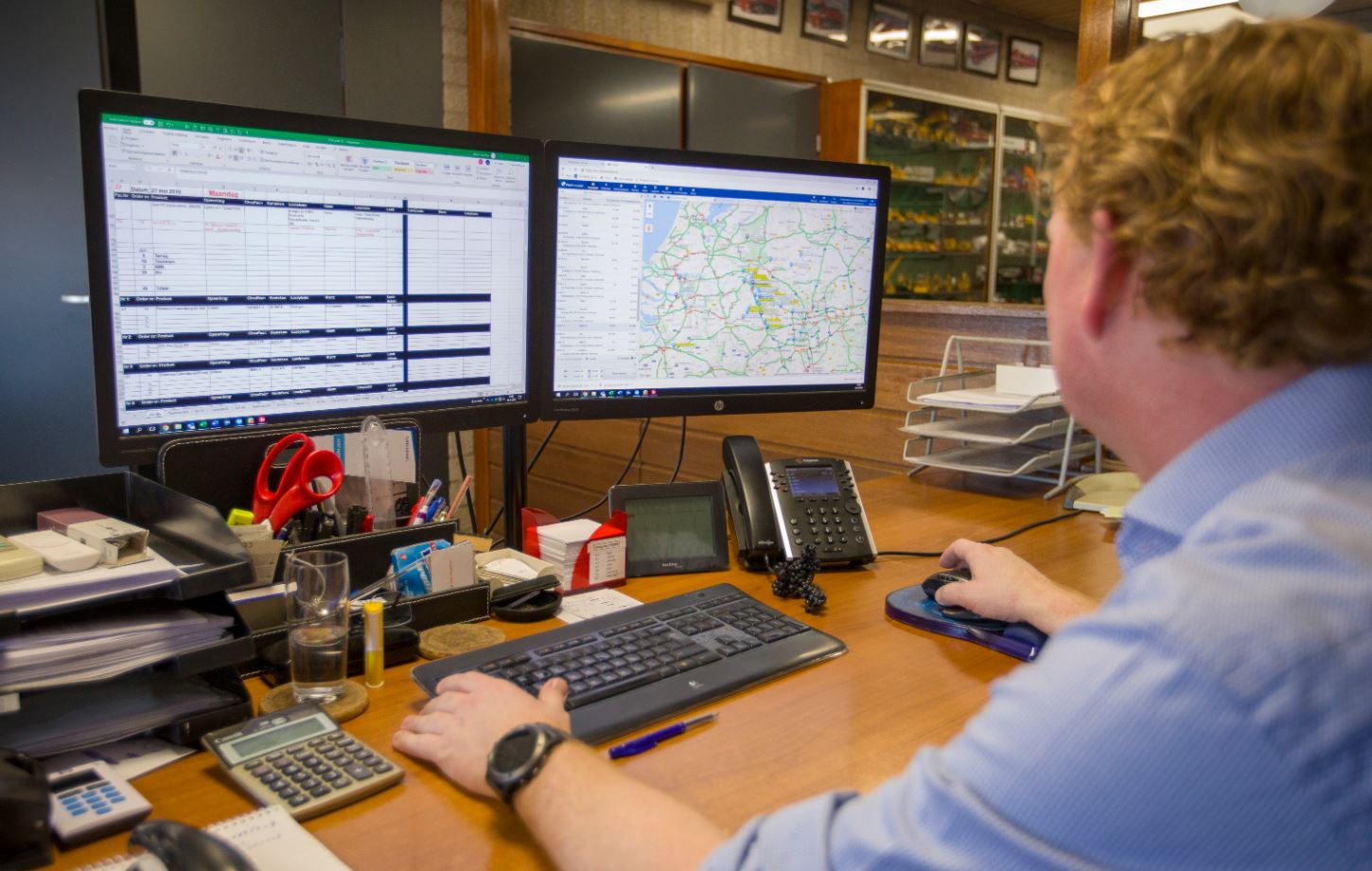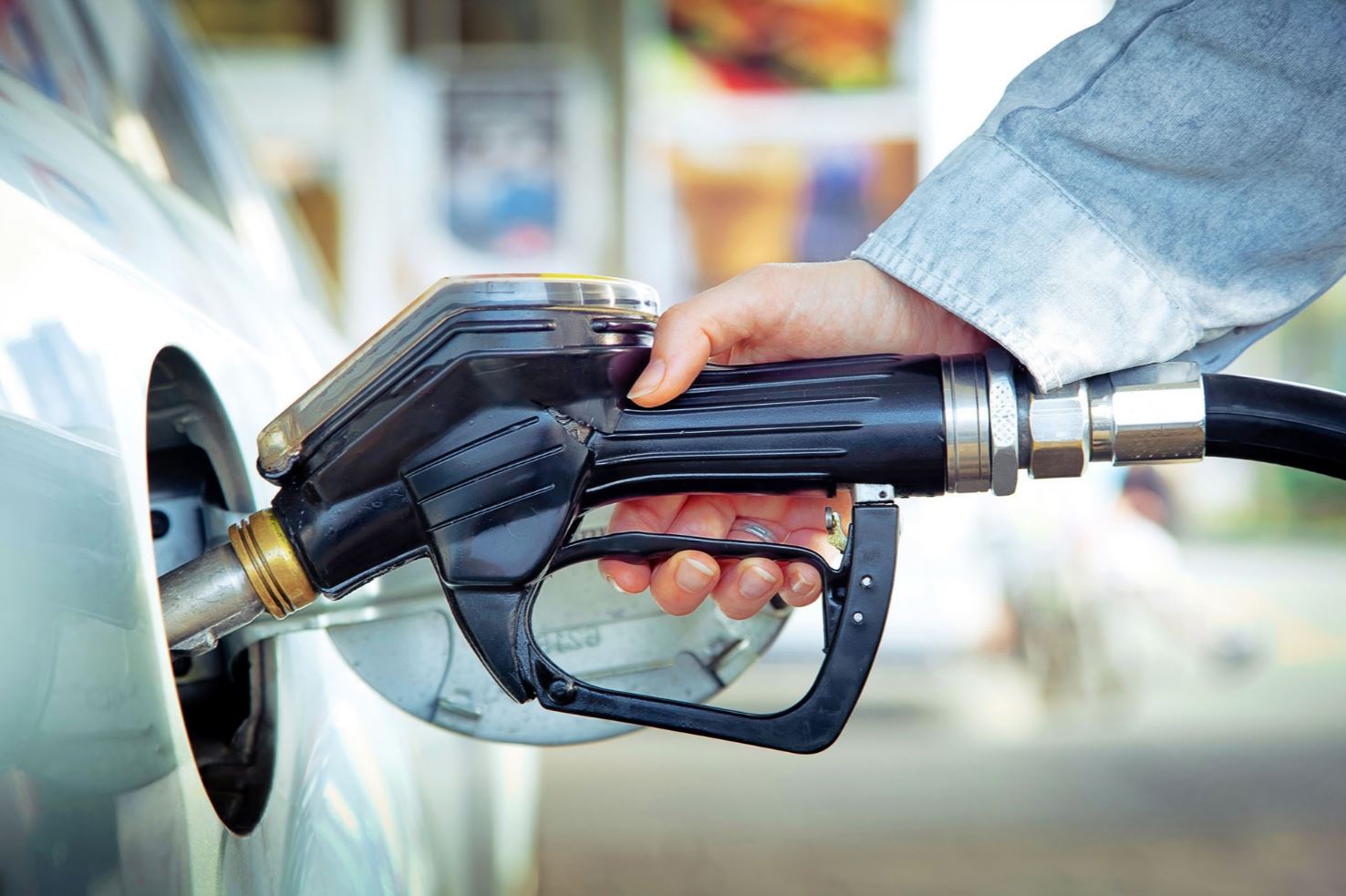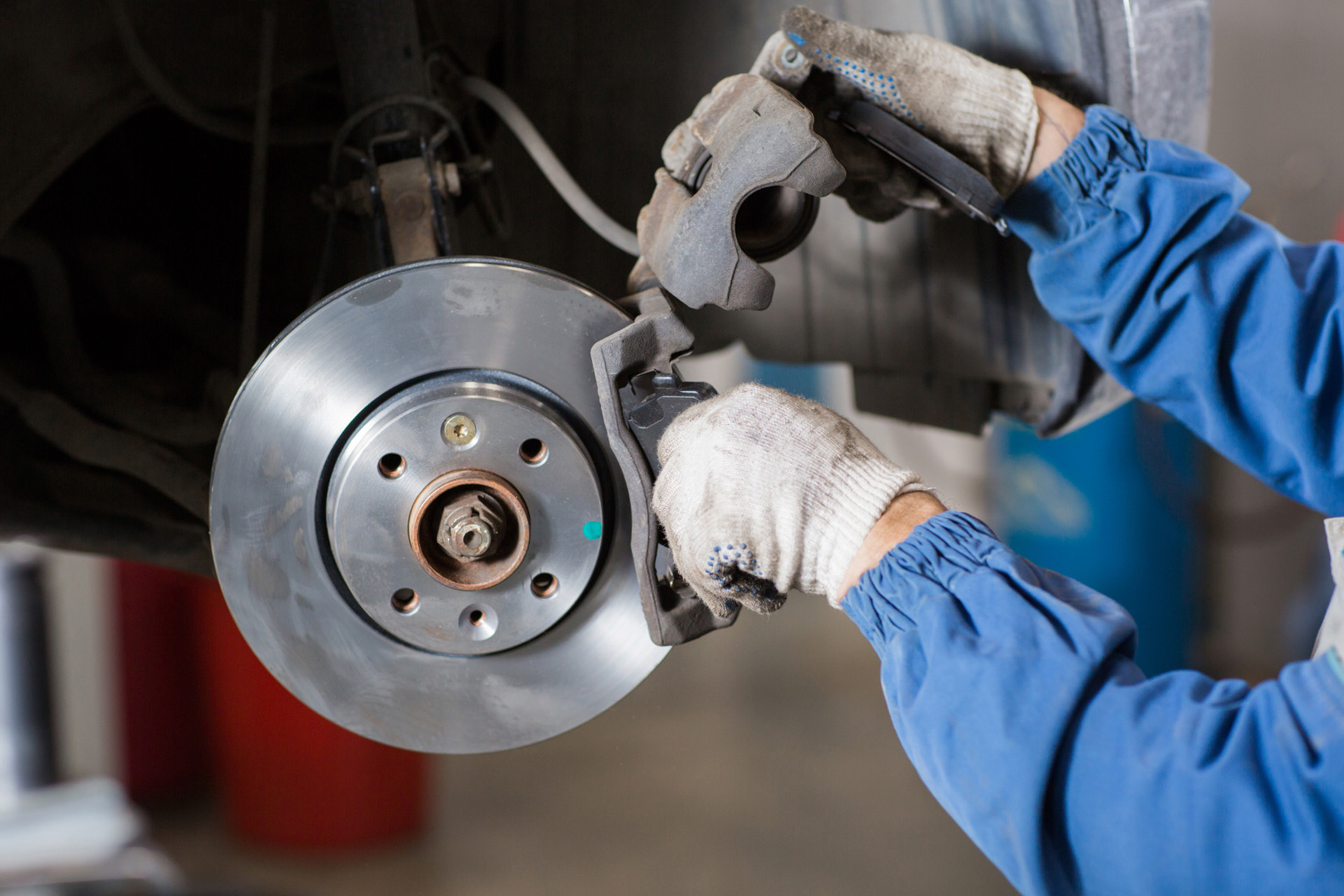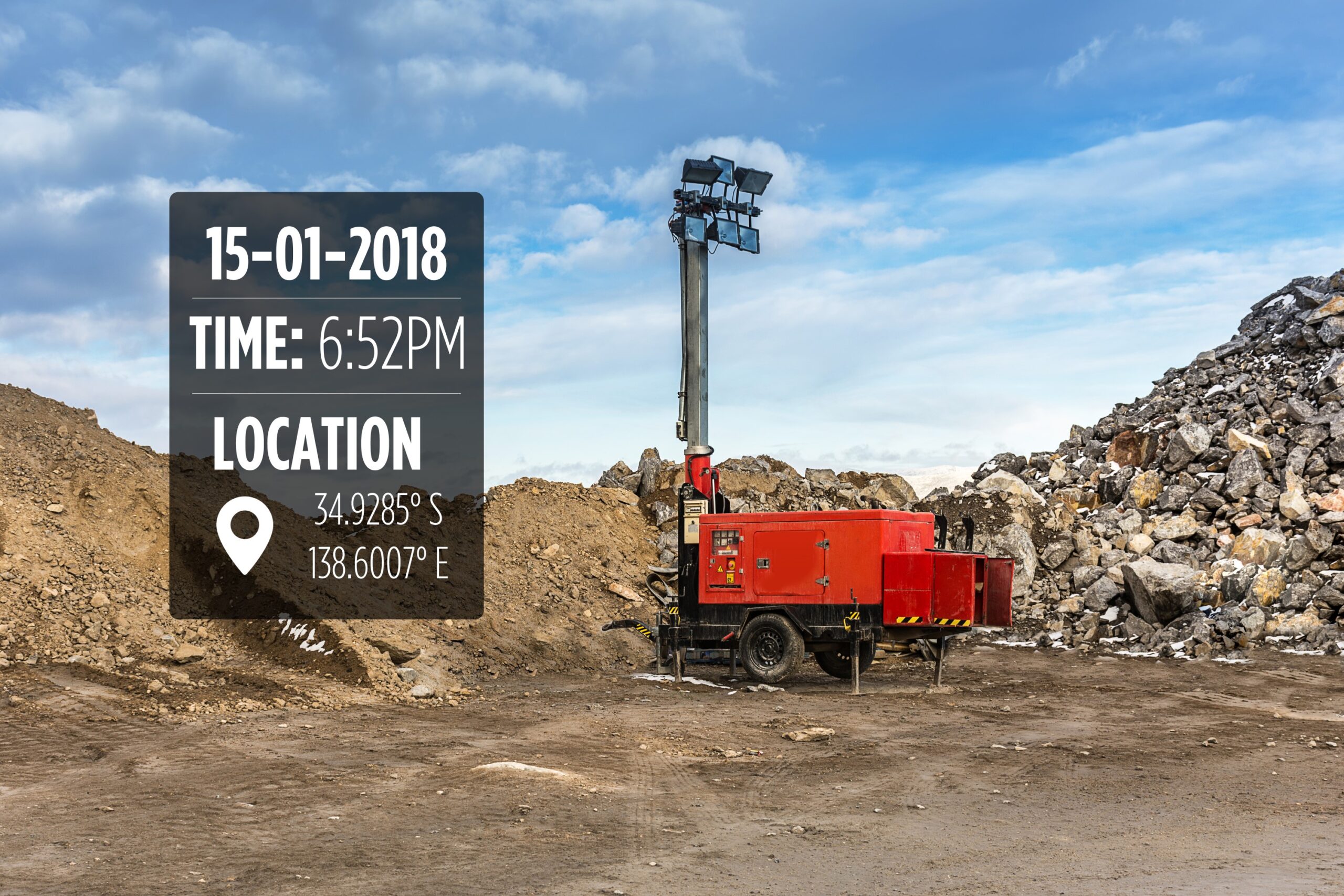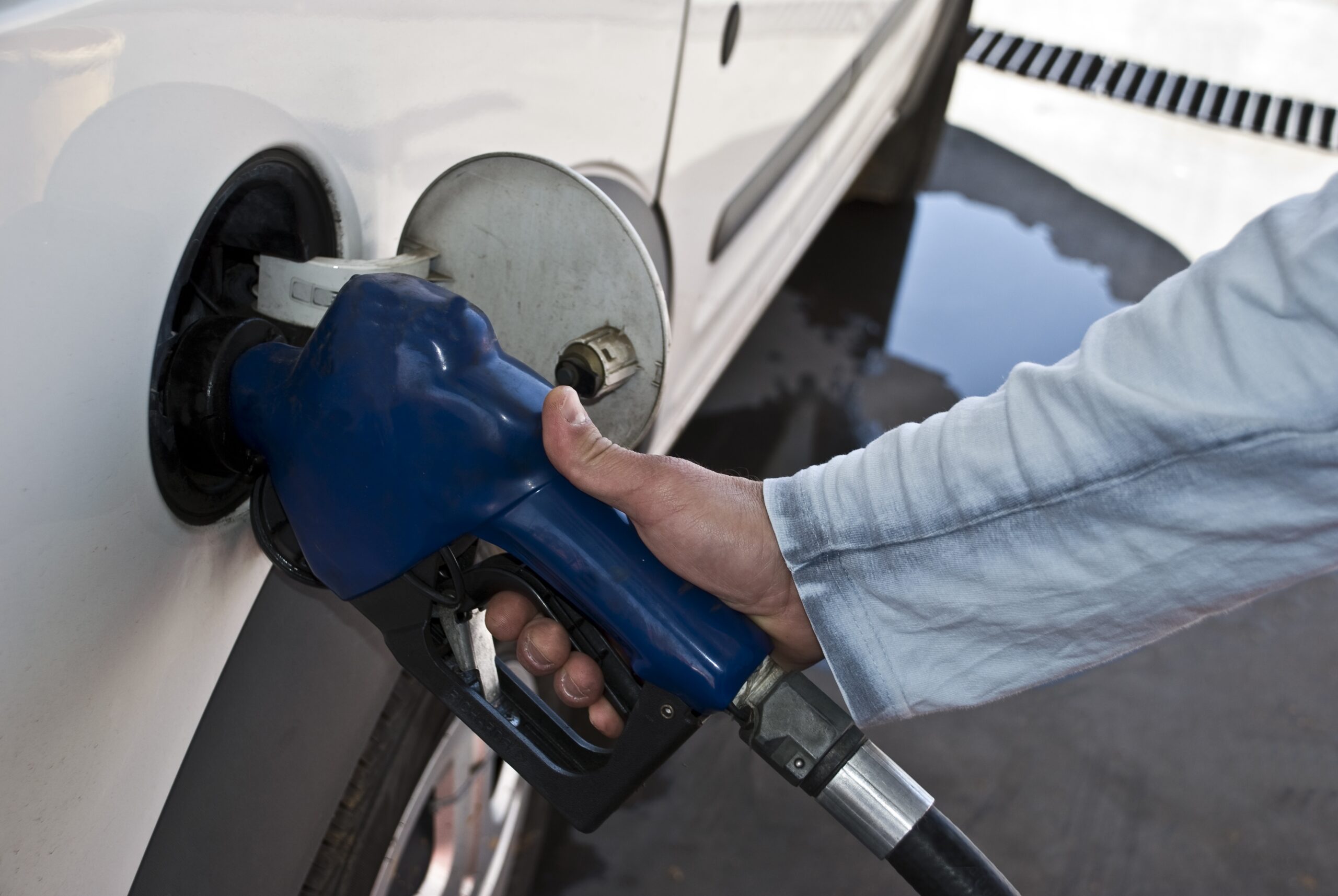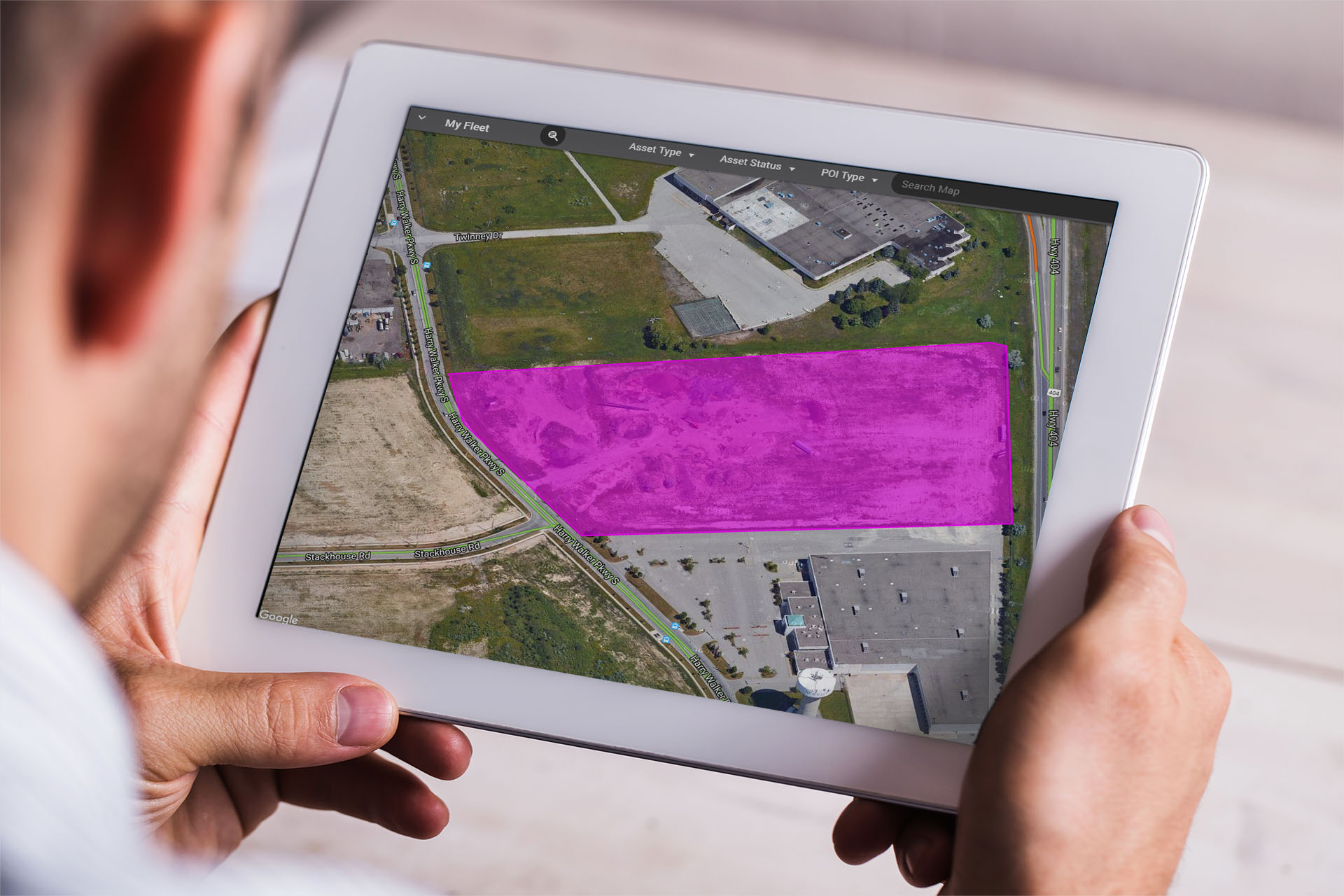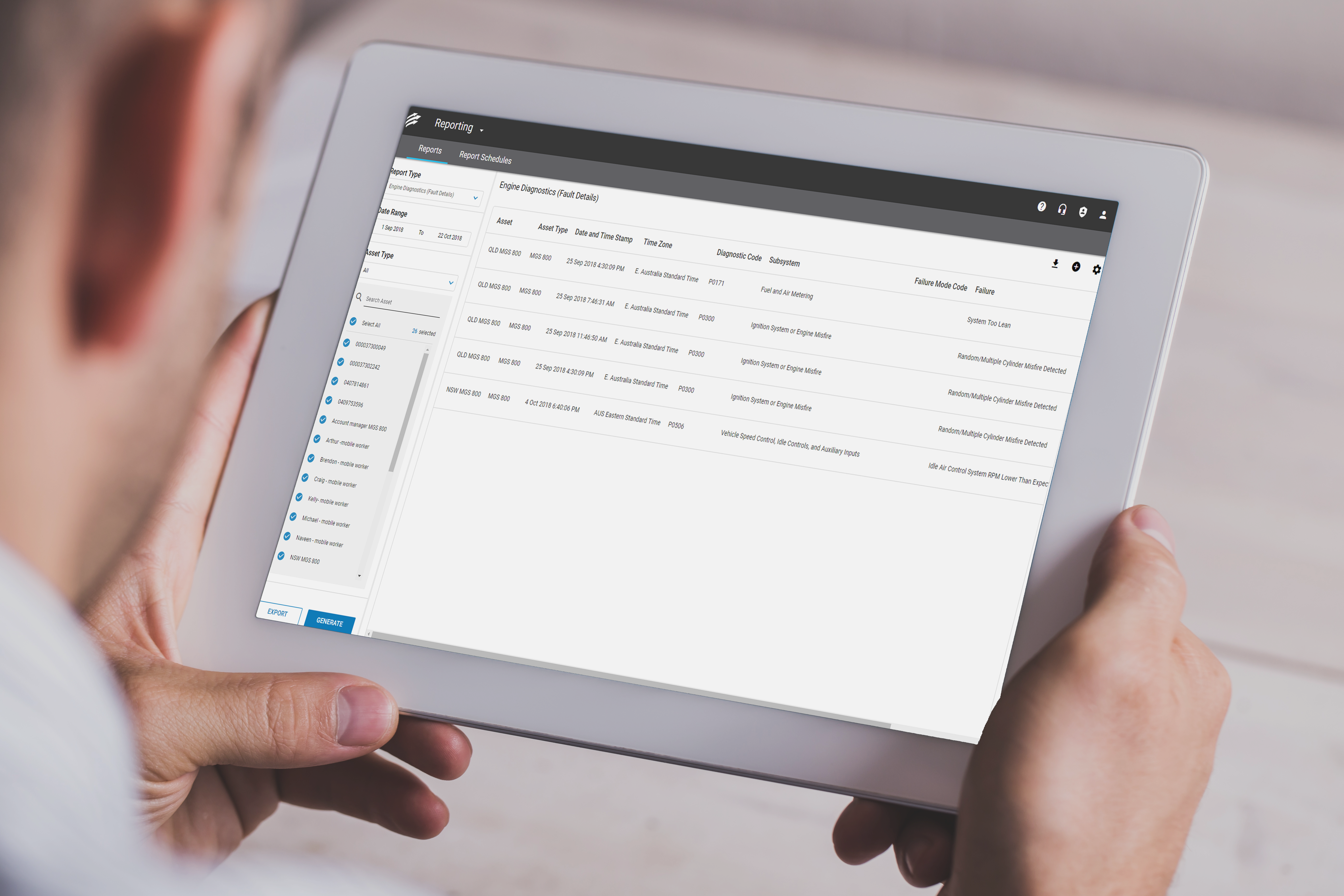Seeing speeding cars cutting corners and running red lights may look exhilarating in movies, but this type of driving doesn’t have a place on real-life roads. In real life, this is called aggressive driving, and it can pose serious problems to your fleet.
Curtailing aggressive driving in fleets may seem like it’s easier said than done—especially since, according to the American Automobile Association (AAA), 80% of drivers have admitted to aggressive behaviors on the road at least once in a given year.
Left unsolved, aggressive driving can have serious repercussions on your fleet’s operations and far-reaching consequences that could affect the public interest. Here are the biggest effects of aggressive driving within fleets that you can curb for a positive outcome for safety and costs.
1. Curb the Costs of Accidents and Vehicle Damage
The most obvious outcome of aggressive driving is the significantly higher risk of accidents that your drivers may be involved in. Let’s take a look at a concept that is closely related to aggressive driving: road rage.
According to the National Highway Traffic Safety Administration (NHTSA), 94% of all accidents are caused by driver error. Among these incidents, 33% can be attributed to road rage. Another common manifestation of aggressive driving is speeding. The World Health Organisation reports that “an increase in the average speed of 1 km/h typically results in a 3% higher risk of a crash involving injury, with a 4–5% increase for crashes that result in fatalities”.
Aside from the loss of lives, accidents also lead to vehicle damage, which entails high repair costs. In 2018, the average cost to repair a fleet vehicle that was involved in an accident was $3,053. Already a steep price tag on its own, imagine if aggressive driving becomes a widespread issue among your drivers. It can easily become a profit leak for your company.
2. Reduce Vehicle Wear and Tear Costs
Aggressive driving behaviors such as hard acceleration and hard braking can speed up the wear and tear of your vehicles.
This spells disaster for your fleet’s maintenance cost. In fact, according to one study, bad driver behaviors can increase the average fleet maintenance cost by 13% while good driving behaviors can reduce it by 12%. Fleet maintenance-related costs are on the rise, so additional maintenance expenses due to aggressive driving should be minimised.

Fostering good driving habits among your drivers is not just an abstract idea, especially since it has a positive impact on your fleet’s maintenance costs (Image Source).
A specific example of aggressive driving behavior is tailgating. This reduces tire and brake life by 20%. This contributes to higher maintenance costs and can also lead to downtime, which equates to revenue loss.
3. Lower Fuel Costs
Fuel remains the highest expense for fleets, with costs consistently rising over time despite occasional drops in price. Of course, you can’t control fuel prices. However, what you can do is minimise driving behaviors that lead to fuel wastage. One of these is aggressive driving.
Aggressive driving has been shown to reduce fuel efficiency by between 10% to 40% in stop and go traffic and by 15% to 30% at highway speeds. Overall, aggressive driving can cost you approximately $0.25 to $1 per gallon in wasted fuel.
4. Decrease the Cost of Environmental Impact
The need to reduce your fleet’s carbon emissions is first and foremost an environmental concern. With more people feeling the impact of climate change in their day-to-day lives, different regulations are being implemented to reduce carbon emissions. It won’t come as a surprise if fleets will be required to monitor and report their sustainability efforts as part of a new law. You can get ahead of the curve today by having a zero-tolerance policy against aggressive driving.
As explained by Dave Cooke, senior vehicles analyst at the Union of Concerned Scientists, “Good driving behavior can help increase the efficiency of your vehicle by between 20 and 30 percent. That’s a big range, and it really puts a lot of the onus on reducing fuel emissions on the driver.”
Aside from being environmentally conscientious, reducing your carbon emissions by curtailing aggressive driving in your fleet can also be a competitive advantage as more businesses across several sectors are turning to greener options.
5 Tips on Green Driving & Your Costs Savings
5. Using Technology to Temper Aggressive Driving
Luckily, aggressive driving is a behavior that can be effectively corrected with the right mix of preventive measures and tools.
One of the best ways to minimise aggressive driving incidents in your fleet is with the use of telematics. Already a staple of comprehensive fleet management solutions, event-triggered telematics can automatically record videos to document instances of harsh acceleration, harsh braking, and other aggressive driving behaviors.
This provides a deterrent to aggressive driving because your drivers know they are being monitored. Data captured through telematics can also provide fleet managers with coaching opportunities and even serve as a springboard for anti-aggressive driving protocols in your company.
At the end of the day, aggressive drivers have no place on the road, and given the repercussions discussed above, they have no place in any fleet. Taming aggressive driving with the right mix of tactics and the use of tools like telematics is beneficial not only to your fleet, but to society as a whole.
If you want to help promote a culture of safety and compliance within your fleet, learn more by requesting our demo.












